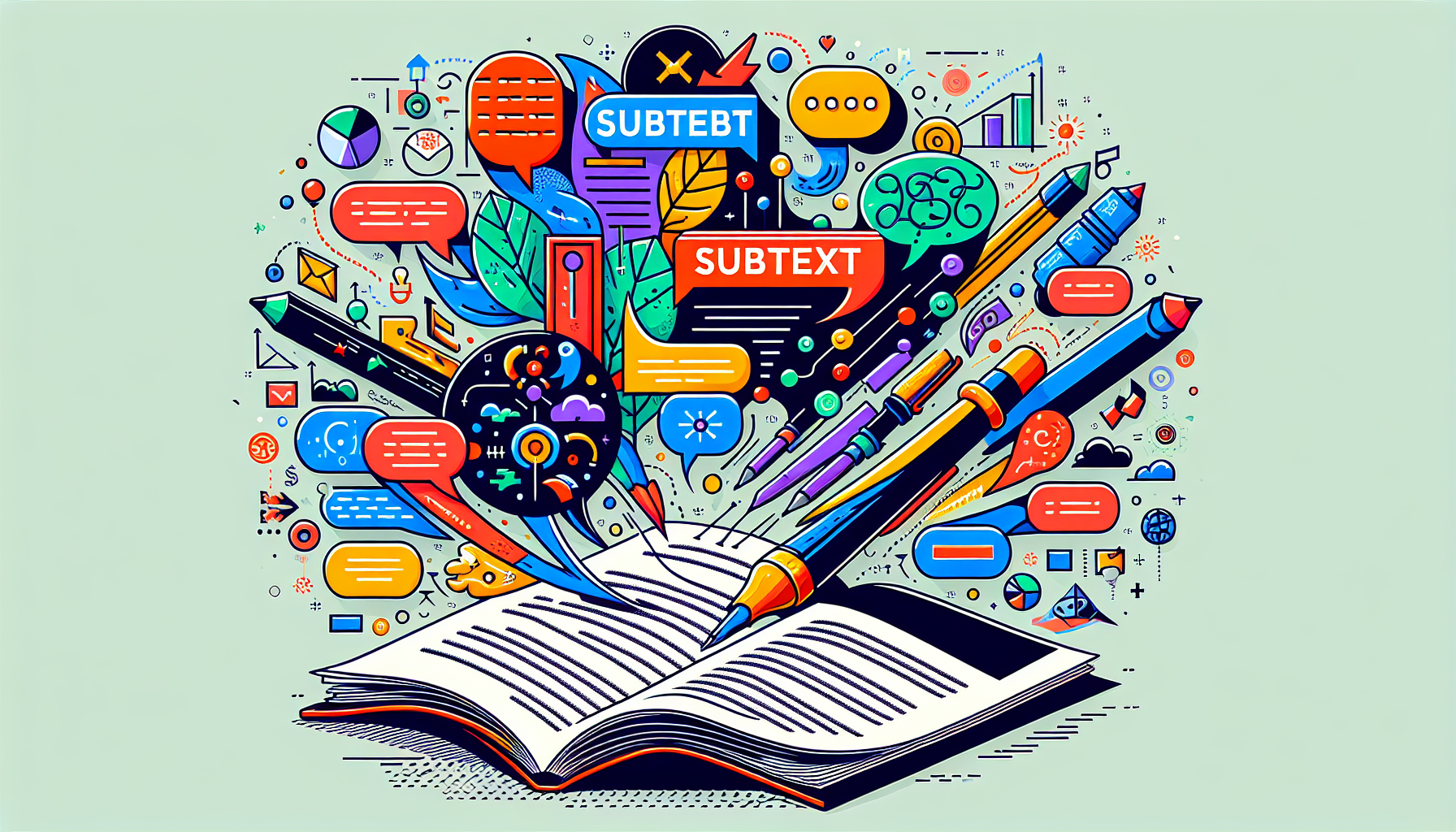
Mastering Subtext: The Key to Effective Screenwriting
In the world of cinema, the dialogue and actions that unfold on screen only scratch the surface of a story’s true essence. It’s the underlying themes, emotions, and motivations—collectively known as subtext—that truly enrich a narrative, making it resonate with audiences on a deeper level. Mastering subtext is, therefore, a critical skill for any screenwriter aiming for their work to stand the test of time.
Understanding Subtext
Subtext refers to the underlying meaning or message that is not explicitly stated but is implied or hinted at through dialogue, visuals, and the characters’ actions. It’s what characters are thinking but not saying, what the story is about beneath its surface plot, and often, it’s what gives a screenplay its depth and layers, making the narrative compelling and multi-dimensional.
Why Subtext Matters
Subtext adds complexity and richness to a story, enhancing its emotional impact and connecting with the audience on a psychological level. It encourages viewers to become active participants in the narrative, reading between the lines and engaging with the material in a way that is personal and subjective. This engagement can transform a straightforward tale into a memorable, thought-provoking experience, elevating the screenplay from good to exceptional.
Techniques for Crafting Subtext
Mastering the art of subtext involves several techniques that screenwriters can employ to weave depth into their narratives:
- Show, Don’t Tell: Rather than having characters express how they feel or what they think directly, use their actions, expressions, and choices to reveal underlying intentions and emotions. This technique allows the audience to infer what’s beneath the surface.
- Dialogue: Use dialogue sparingly and purposefully. What characters choose to say, how they say it, and, importantly, what they choose not to say can all suggest deeper meanings and motivations.
- Symbolism and Motifs: Incorporate symbols and recurring motifs that reflect the story’s themes or the characters’ internal states. These elements serve as visual or conceptual clues that enrich the narrative’s subtext.
- Contrast and Irony: Playing with contrasts between characters, settings, or plot developments, as well as utilizing irony, where there’s a discrepancy between what is said and what is meant, can enrich a screenplay’s subtext.
Subtext In Action: Examples from Cinema
Great screenplays are often distinguished by their effective use of subtext. For instance, in Casablanca, Rick’s (Humphrey Bogart) cynical exterior belies a deep-seated idealism and still-potent love for Ilsa (Ingrid Bergman), which is revealed through his actions rather than explicit declarations. Similarly, in The Godfather, the transformation of Michael Corleone (Al Pacino) is mirrored through subtextual elements like the evolving dynamics of power within the family, and the contrast between his initial resistance to the family business and his eventual embrace of power.
Challenges and Rewards of Writing Subtext
Writing subtext requires a delicate balance. Overly obscure subtext may confuse or alienate the audience, while subtext that’s too obvious can feel heavy-handed or redundant. The key is subtlety—a nuanced layering of meaning that invites discovery and interpretation without necessitating overt explanation. When done right, the rewards are significant: subtext can turn a simple story into a rich, immersive, and deeply moving experience that stays with the audience long after they’ve left the theater.
Conclusion
Subtext is the silent language of cinema, a nuanced conversation between the screenplay and its audience. Mastering subtext is an art that requires practice, sensitivity, and a deep understanding of human emotions and motivations. For screenwriters, it represents a critical tool in their storytelling arsenal, one that can transform the straightforward into the sublime, engaging audiences in a dialogue that resonates on a profoundly personal level.






